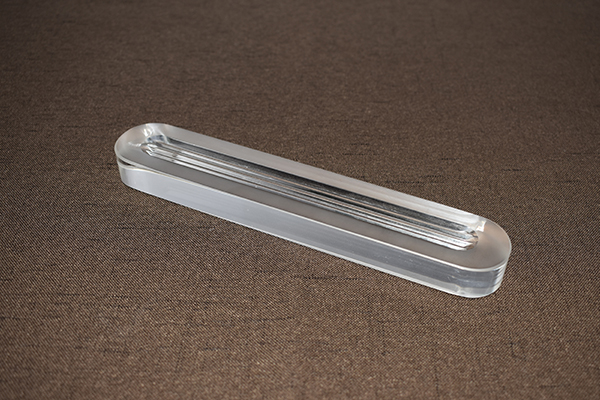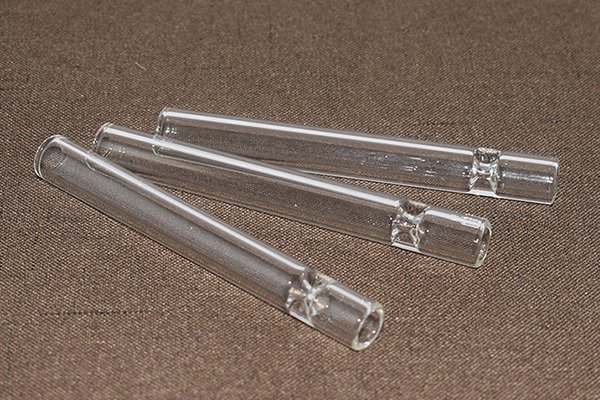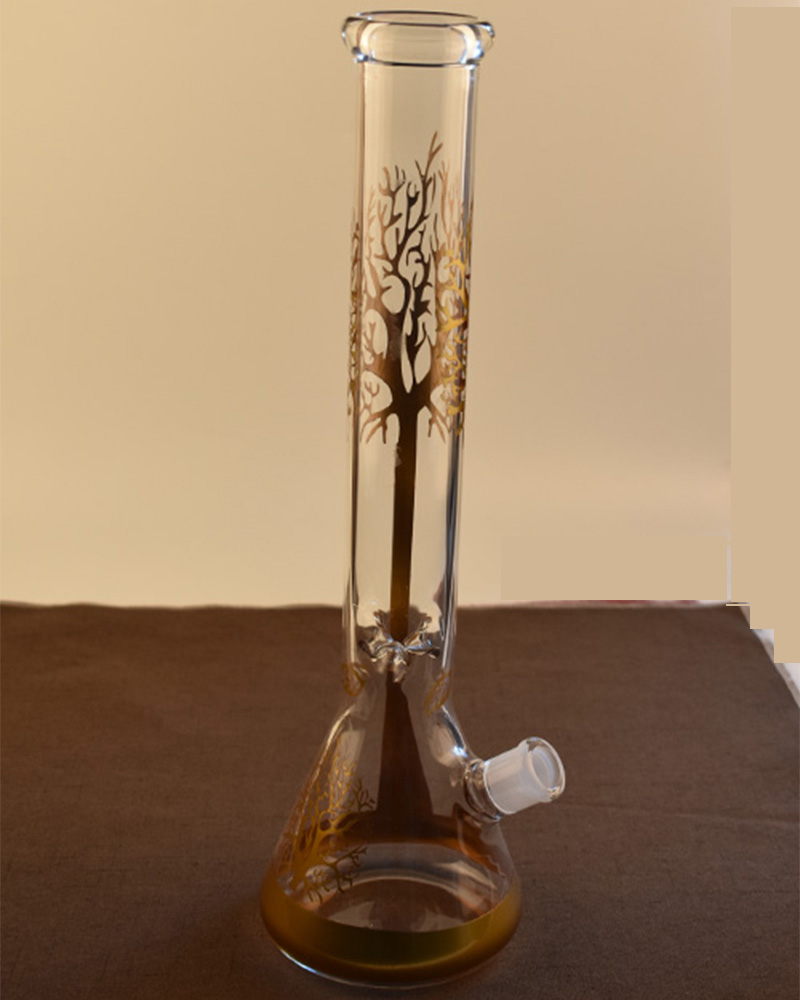News Detail
What Is Borosilicate Glass? A Comprehensive Guide to Its Properties and Applications
Borosilicate glass is a type of glass known for its superior thermal and chemical resistance, making it an essential material across a wide range of industries. Its unique composition includes silica (SiO₂) and boron trioxide (B₂O₃), with the latter enhancing the glass’s durability and resistance to temperature changes.
Material Properties
One of the most defining features of borosilicate glass is its low coefficient of thermal expansion (about 3.3 × 10⁻⁶/K), which allows it to withstand rapid temperature fluctuations without cracking. This makes it far more heat-resistant than standard soda-lime glass. It also offers excellent chemical stability, resisting corrosion from acids, salts, and organic solvents — except for hydrofluoric acid, strong alkalis, and concentrated phosphoric acid at high temperatures.
Borosilicate glass is also known for its high optical clarity, mechanical strength, and resistance to scratching. These properties make it highly suitable for both functional and aesthetic applications.
Common Applications
-
Laboratory Equipment
Beakers, flasks, test tubes, and reaction vessels made from borosilicate glass are standard in scientific laboratories due to their heat and chemical resistance. -
Medical and Pharmaceutical Use
Vials, ampoules, and syringes for sensitive drugs — especially injectables — are often made from pharmaceutical-grade borosilicate glass (like Type I, USP compliant). -
Consumer Products
High-end cookware, coffee pots, and storage containers benefit from borosilicate glass’s ability to handle both hot and cold contents. -
Industrial Use
It is used in sight glasses, piping, and viewing windows in chemical plants and refineries due to its durability and transparency. -
Lighting and Electronics
Because of its thermal and electrical insulation properties, it’s also used in high-intensity lighting and precision electronic components.
In short, borosilicate glass combines strength, clarity, and resistance, making it a go-to material for environments where performance and safety are paramount.



